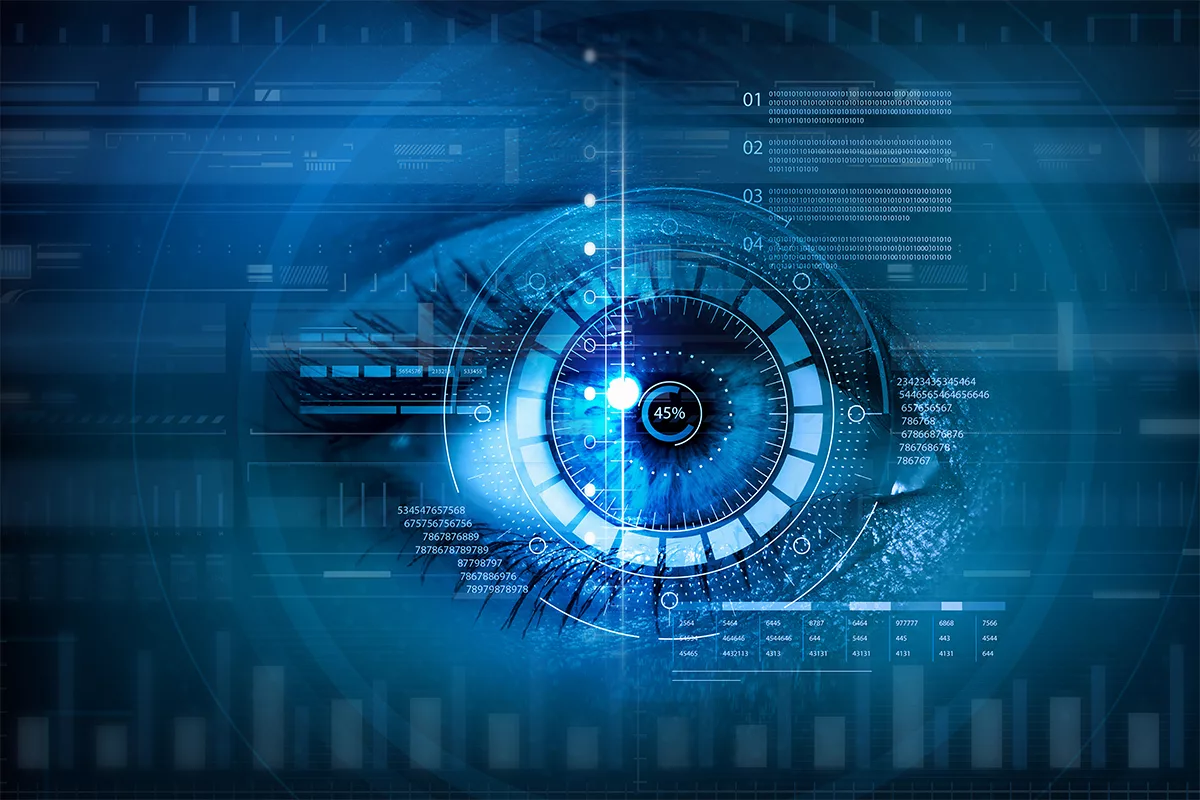
AI: The Future Is Getting Closer
With so much already happening on the AI front, it’s not surprising that changes are being felt in the optometry field as well. Fortunately, it’s not as much about job losses as it’s about better options and remedies for vision care and vision management
AI and smart vision are two closely related concepts that refer to the ability of machines to process visual information and make intelligent decisions based on that information. While ‘Smart Vision’ is a broad term that includes systems that use a combination of cameras, sensors, and other imaging devices to capture visual data from the environment. This data is then processed using sophisticated algorithms and machine learning techniques to identify patterns, recognize objects, and make predictions or decisions based on that data.
Smart vision systems are used in a wide range of industries. In healthcare, smart vision systems can be used to assist doctors in the diagnosis of diseases and the development of treatment plans. If AI enables computers to think, smart vision enables them to see, observe and understand. Smart vision works much the same as human vision, except humans have a head start. Human sight has the advantage of lifetimes of context to train how to tell objects apart, how far away they are, whether they are moving and whether there is something wrong in an image.
Smart vision trains machines to perform these functions, but it has to do it in much less time with cameras, data and algorithms rather than retinas, optic nerves and a visual cortex. Because a system trained to inspect products or watch a production asset can analyze thousands of products or processes a minute, noticing imperceptible defects or issues, it can quickly surpass human capabilities.
There are several latest technologies that are being developed and implemented in the optometry industry to improve patient care and outcomes. Here are some of the latest Al technologies for the optometry industry:
Automated Diagnosis
AI algorithms are being developed to automatically analyze retinal images and provide a diagnosis of various eye diseases, including glaucoma, diabetic retinopathy, and macular degeneration. This technology can improve the accuracy and speed of diagnosis, leading to better patient outcomes.
 Virtual And Augmented Reality
Virtual And Augmented Reality
Virtual and augmented reality technologies are being developed to enhance the patient experience during eye exams and to provide more personalized treatment options. For example, virtual reality headsets can be used to simulate various eye conditions and help patients understand their diagnosis and treatment options.
Adaptive Optics
Adaptive optics technology is being developed to provide high-resolution images of the eye, enabling doctors to detect and diagnose eye diseases with greater accuracy. This technology uses deformable mirrors to correct for optical aberrations in the eye, resulting in sharper images.
Wearable Technology
Wearable technology, such as smart contact lenses and glasses, is being developed to monitor various eye metrics, such as intraocular pressure and glucose levels. This technology can provide doctors with valuable data that can be used to diagnose and treat various eye conditions.
Machine Learning
Machine learning algorithms are being developed to analyze large datasets of patient information and provide personalized treatment recommendations. This technology can help doctors develop more effective treatment plans and improve patient outcomes.
Early Detection. Of Eye Diseases
AI algorithms are being developed to analyze retinal images and identify early signs of eye diseases such as diabetic retinopathy and macular degeneration.
AI vision technology can be used to detect and diagnose eye diseases such as glaucoma, diabetic retinopathy, and age-related macular degeneration. By detecting these diseases early, doctors can intervene and prevent further damage to the eye.
Automated Refraction
AI algorithms are being developed to automate the refraction process, which is the process of determining the patient's prescription for glasses or contact lenses.
This can improve the accuracy and efficiency of eye exams and reduce the amount of time patients spend in the exam chair.
Smart Contact Lenses
Smart contact lenses are being developed that can measure various eye metrics, such as intraocular pressure and glucose levels. This can provide doctors with valuable data that can be used to diagnose and treat various eye conditions.
Virtual Try-on
AI algorithms are being used to create virtual try-on systems that allow patients to see how different glasses frames will look on their face before they purchase them. This can improve the patient experience and reduce the number of returns and exchanges.
Improving Patient Outcomes
AI vision technology can help improve patient outcomes by identifying patterns and trends in patient data, enabling more personalized treatment plans. AI algorithms can also track patient progress over time and provide real-time feedback to doctors, enabling them to adjust treatment plans as needed.
Patient Triage
AI algorithms are being developed to help with patient triage, which is the process of prioritizing patients based on the severity of their condition. doctors can provide more timely care to patients who need it most.
Enhancing Eye Exams
AI vision technology can be used to enhance the accuracy and efficiency of eye exams. For example, AI algorithms can analyze eye images to measure the refractive error of the eye and prescribe glasses or contact lenses more accurately.
Streamlining Administrative Tasks
AI vision technology can automate administrative tasks such as appointment scheduling, patient reminders, and billing, enabling optometrists to focus more on patient care.
As technology continues to influence optometry, AI will continue to make transformational changes.







